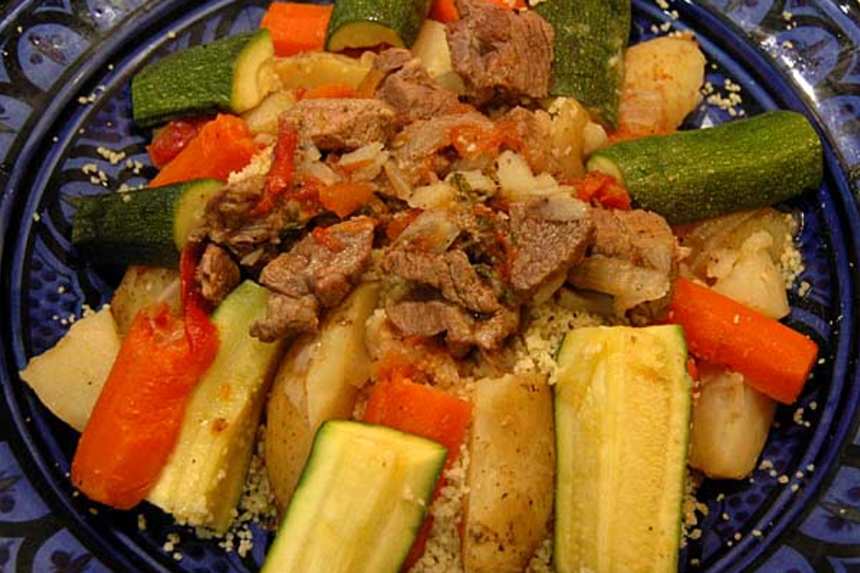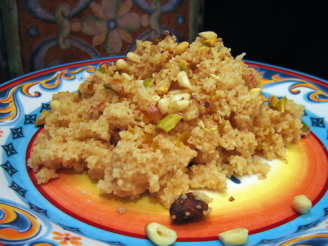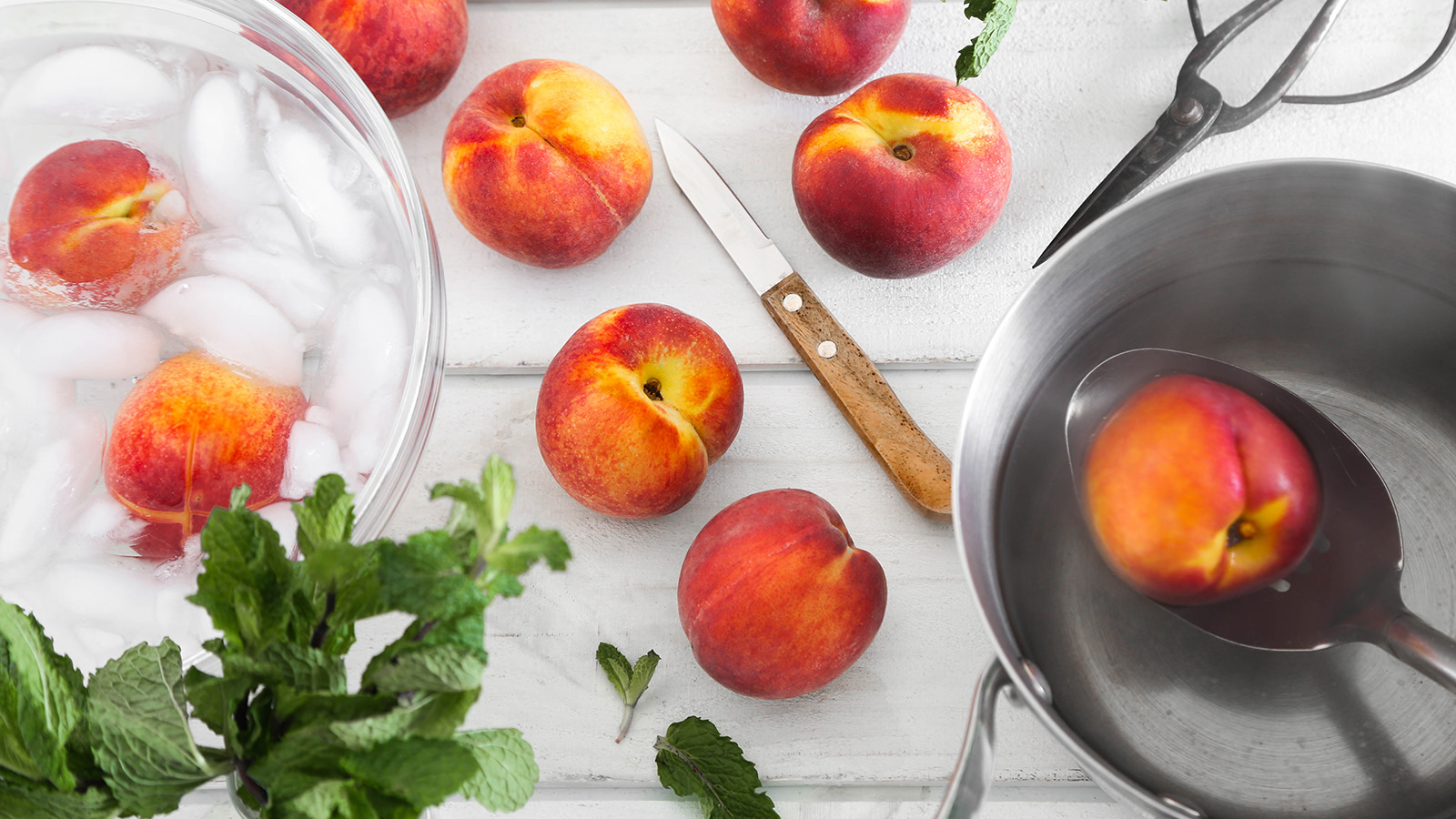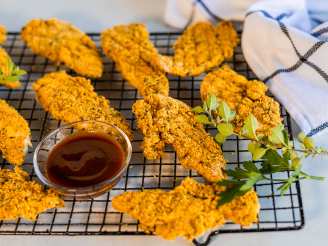Brahim's Desert Couscous

photo by Sackville

- Ready In:
- 50mins
- Ingredients:
- 11
- Serves:
-
2-3
ingredients
- 250 g diced lamb or 250 g chicken thighs
- 2 large ripe tomatoes, cored and cut in 8 pieces each
- 300 g potatoes, quartered lengthwise
- 250 g carrots, peeled and cut in long chunks
- 250 g zucchini, cut into long chunks
- 1 large onion, peeled and cut into long, chunky slices (about 300g)
- 1⁄4 cup fresh parsley, wrapped in cheesecloth
- 2 cups couscous (about 330g)
- 4 tablespoons olive oil
- 1 tablespoon hot sauce (optional)
- salt & freshly ground black pepper
directions
- Start by sautéeing the meat, onions, tomatoes in 1 tablespoon of the oil for a couple minutes over a high heat.
- Grind in some salt and lots of black pepper.
- Meanwhile, heat up some water in a kettle and after a couple minutes add in the parsley and all the vegetables except the courgettes plus enough hot water to cover everything.
- Cover the pot and cook over a high heat.
- Next, put the couscous in a large bowl and pour over 1/4 cup water.
- Rub the grains together by using both your hands and moving them back and forth, palms together, with the couscous between your palms. You make the same form with your hand as if you were praying. Rub until the couscous is no longer clumpy and all the water has been absorbed.
- Spread the couscous evenly in the top of your couscousiere.
- If you do not have a couscousiere, you can fashion one out of a colander and some cheesecloth. All you need is something to steam the couscous.
- The two most crucial things are that the colander sits high enough in the pot that the water below will not come in contact with the couscous and also that you have a tight seal between the top and bottom so the steam is forced through the couscous.
- If you are making your own steamer, a cloth wrapped around the pot may help form a tight seal. If you do not have this, the couscous will take longer to cook properly because it won't get the same volume of steam going through it.
- Wait a couple minutes for the steam to start rising through the couscous and then cover and cook for 10 minutes.
- Take the couscous out and empty into the bowl.
- Add another 1/4 cup water and some salt, then oil your hands with some of the remaining olive oil and rework the couscous the same way you did the first time.
- It can be very hot so you may have to stir the couscous a few times until you are able to handle it.
- All the while, the stew is continuing to cook.
- Place the couscous back in the steamer and cover for another 10 minutes.
- Repeat this process twice or more if necessary, until the couscous is light and fluffy.
- Add the courgettes during the last 10 minute cooking.
- When ready, take out the parsley from the stew.
- Pile the couscous in a bowl and arrange the meat and vegetables around the sides and on top.
- Drizzle 3-4 spoonfuls of the cooking liquid over the couscous.
- If you want hot sauce, water it down as well into a runny consistency with the cooking broth and set out separately for people to add as desired.
- Eat with your hands if you want to be Moroccan, with no one touching the meat until the guest has first reached for theirs, or go Western and spoon it out onto plates.
Questions & Replies
Got a question?
Share it with the community!
Reviews
Have any thoughts about this recipe?
Share it with the community!
RECIPE SUBMITTED BY
This is a picture of me and my husband in Portugal, climbing up above the clouds with our bikes.
Right now we are travelling around the world on our bicycles, so I only pop onto Zaar occasionally, when internet connections and time allow me to. If I don't reply to a message about one of my recipes, now you know why! Our trip may take several years so if it's urgent, it's probably better for you to post in the forums ;)
Good food is really important to me -- I am happy to pay extra for food that I feel is produced in a sustainable and ethical way and always try to eat using seasonal produce.
When we were in the UK we rarely shopped at supermarkets, trying instead to favour small producers, although we were very lucky in that we lived in London and there was lots of choice.
We also were fortunate enough to have a weekly organic veg box delivered to our door, filled with so many lovely vegetables for very little money. It really opened my horizons in terms of the variety of vegetables I eat. If you're in the UK, check out Riverford for a box supplier as they're amazing!
When I'm not eating I love to take pictures and travel with my husband.
<img src="http://i3.photobucket.com/albums/y53/DUCHESS13/World%20Tour/ZWT2.gif">



